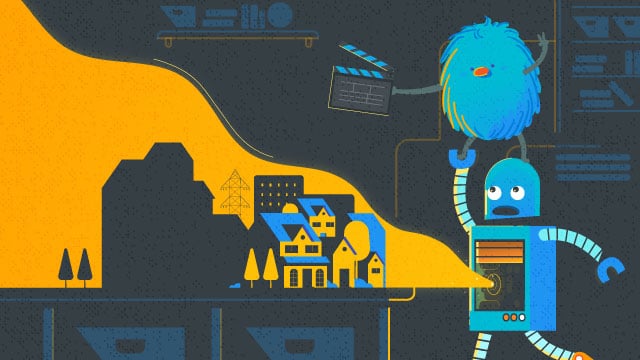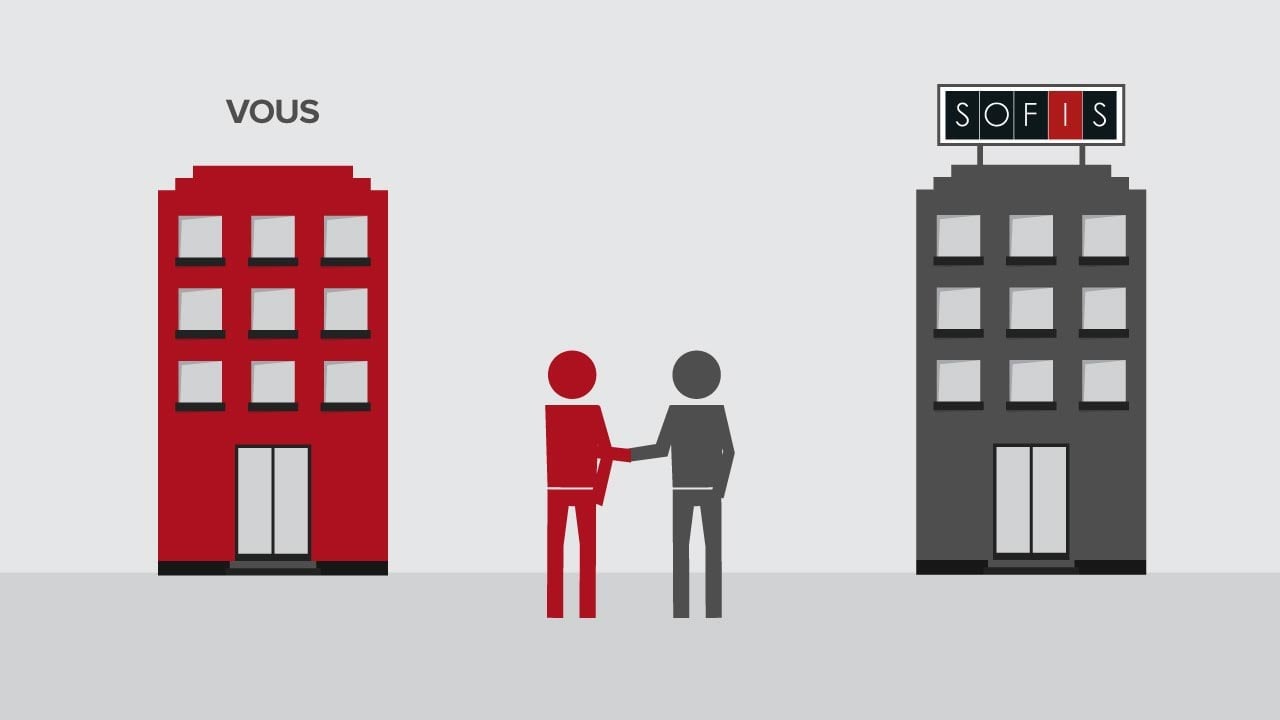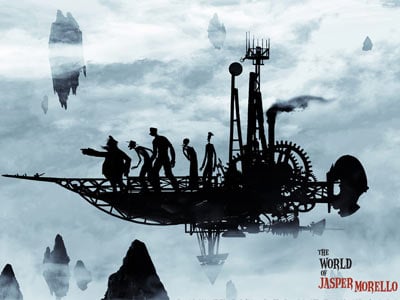Have you ever seen an animated explainer video with dark shadows as the main character like this?
When you think of animation, you probably imagine colorful characters and detailed worlds.
But have you ever watched a film where the entire story is told only through dark, shadowy figures?
Like this one that we produced for one of our clients:
That’s what we call silhouette animation, which is a style that strips visuals down to pure shape and movement.
I’ve always found this form of animation fascinating.
Not only because of its striking visuals, but also because of the way it challenges storytellers to be creative without relying on facial expressions or colors.
In our projects, we often study techniques like these to understand how different animation styles can influence emotion and storytelling.
I want to share that with you in this article, both the history and the artistry behind silhouette animation.
What is Silhouette Animation?
At its core, silhouette animation is the art of telling stories through shadows.
Instead of showing every detail of a character, animators reduce them to dark outlines that move against a contrasting background.
This style might feel experimental today, but it’s actually one of the oldest forms of animation.
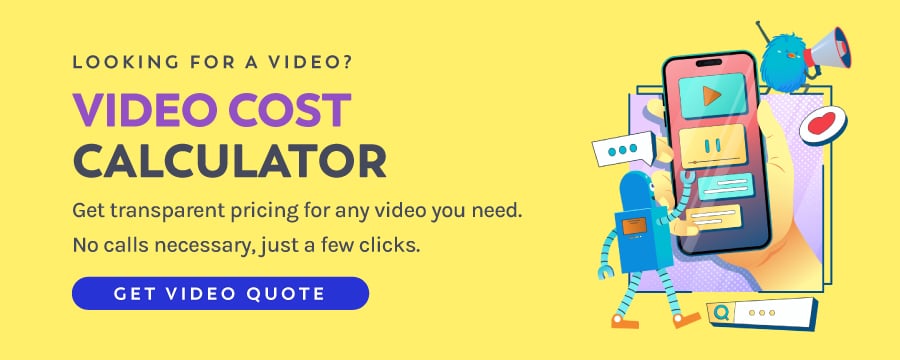
The History of Animation Silhouette
We often think of silhouette animation as something old-fashioned, like shadow puppets or vintage black-and-white films.
And we’re not wrong at all.
This style actually has roots going back centuries, long before digital tools or motion graphics existed.
What makes it fascinating is how it evolved: from traditional shadow play on stage to experimental short films in early cinema.
And eventually, silhouette transforms digitally today, where we can now use it for marketing, education, and brand storytelling.
Silhouette Animation in the Early Era
Before digital tools existed, silhouette animation was closely tied to shadow puppetry, an art form practiced in cultures across the world.
When we talk about the history of animated silhouettes, one name always comes up: Lotte Reiniger.
She was a German filmmaker who turned silhouettes into cinematic magic.
Her films, like Cinderella (1922) and The Adventures of Prince Achmed (1926), remain iconic because she managed to breathe life into nothing more than black paper cutouts.

Reiniger worked frame by frame, moving figures cut from cardboard under a rostrum camera.
Imagine the patience and precision that was required.
I often look at her work as a reminder of how animation, at its heart, is about persistence and creativity.
Silhouette Animation Decades Later
Decades later, animators began experimenting with new ways to modernize silhouettes.
In 1989, French director Michel Ocelot blended cutouts, live action, and clay animation in Princes et Princesses.
This film didn’t just advance the technique but also introduced voiceover, which made the characters feel more alive while keeping the silhouette style intact.
By the 2000s, the approach became even more experimental.
I often reference Anthony Lucas’ The Mysterious Geographic Explorations of Jasper Morello (2005) when explaining how silhouette animation isn’t confined to black-and-white anymore.
Lucas combined 2D characters with 3D backgrounds, creating an eerie, atmospheric style that still inspires animators today.
Silhouette Animation in the Digital Age
Now, thanks to digital tools, silhouette animation has become much more accessible.
You don’t need scissors, cardboard, or a rostrum camera anymore.
With software like After Effects or even browser-based tools, you can animate silhouettes with smoother motion, add color, and layer in music or lighting effects.
In our own projects, we sometimes experiment with silhouette-inspired techniques to strip storytelling back to its essence.
And if you’ve ever wanted to try it yourself, you’ll find the barrier to entry is lower than ever.
What once took weeks of frame-by-frame cutting can now be prototyped in hours.
Silhouette vs. Green Screen
Here’s where things can get confusing: not every “silhouette video” is actually a silhouette animation.
For example, you might have seen videos where a live person appears as a shadowy figure.
That effect usually comes from a green screen method, not from traditional silhouette animation.
When I first explored how this technique works, I realized it’s all about compositing, layering more than one video stream together based on their color hues.
The darker effect is applied to the main figure while the background remains visible.
This method gained particular popularity in detective and mystery films of the 1970s.
While both use shadow-like visuals, the processes behind them are very different.
If you’re creating your own project, it’s essential to know whether you prefer the handcrafted feel of true silhouette animation or the more cinematic vibe of green screen effects.
Benefits of Silhouette Animation
What if I told you that silhouette animation isn’t just for old movies or experimental art films?
Even though its fame isn’t at its peak anymore, this animation style still has a lot to offer, especially if you’re looking for a unique business asset.
You’ll see silhouette animation popping up in marketing videos, social media campaigns, product explainers, and even educational content.
Sure, it’s not as mainstream as colorful 2D or hyper-realistic 3D animation, but that’s exactly why it works.
When everyone else is chasing trends, silhouette animation helps you stand out in the crowd.
1. It Makes Your Message Stand Out
If you’ve scrolled through your social feed lately, you know how repetitive videos can feel.
Bright colors, talking heads, and flashy transitions all blend together after a while.
Silhouette animation can break this pattern.
Because the visuals are stripped down to shadows and shapes, it feels fresh and unexpected.
Viewers immediately notice that it’s different, and that difference makes them pause instead of scrolling past.
Once you’ve caught their attention, you have a better chance of getting your message across.
I’ve seen this firsthand, when clients tried silhouette-style videos, their engagement rates often jumped because people were curious to see how the story would unfold without the usual colorful distractions.
It’s proof that sometimes less really is more when it comes to visual storytelling.
2. It Works Across Platforms
One of the best things about silhouette animation is its flexibility.
You don’t have to worry about whether it looks right on YouTube, Instagram Reels, LinkedIn, or even embedded in a blog because it works everywhere.
The visuals are simple and high-contrast, so the style translates well to both small phone screens and larger desktop displays.
That means you don’t lose impact, no matter where your audience is watching.
From my experience, silhouette videos also load faster and keep viewers’ attention longer, which is a big plus if you’re targeting people with short attention spans (basically, all of us online).
3. It’s Cost-Friendly Compared to Green Screen
On paper, filming with a green screen sounds like a cost-effective solution, but when you add it all up, it’s often the opposite.
You’ll need a camera crew, good lighting, actors, makeup, location setup, and then a post-production team to key everything out properly.
Those costs stack up fast, especially if you’re a small business or startup.
Silhouette animation, on the other hand, skips all of that.
You don’t need to rent a studio or hire actors.
All you need is a skilled animator who knows how to bring shadows and shapes to life.
The result looks professional, but without the heavy production budget hanging over your head.
4. It Fits a Wide Range of Stories
One of the things I love about silhouette animation is how adaptable it is.
You can use it to tell almost any kind of story.
Want to break down a complicated product feature for your customers? Silhouette visuals strip away distractions and let you focus on the essentials.
Need a short, snappy social video? The high-contrast look grabs attention instantly.
It’s also great for storytelling with mood.
Because you’re working with shadows, you can play with lighting and pacing to create drama, mystery, or even humor.
I’ve seen businesses use silhouette animation to explain technical processes, showcase brand values, or even share success stories with the audience in a way that feels artistic rather than salesy.
The beauty of this style is that it leaves room for imagination.
Since details are minimal, your audience fills in the blanks themselves, which makes them more engaged.
5. It Has a Timeless Visual Appeal
Silhouettes have been with us for centuries, from traditional shadow puppetry to Lotte Reiniger’s classic films in the 1920s, to modern minimalist branding.
That kind of longevity is rare in the fast-changing world of media.
What makes silhouettes timeless is their emotional pull.
By reducing characters to pure shape and movement, you tap into something universal.
Viewers from any culture or background can connect with it.
It’s a visual language that doesn’t rely on words or facial expressions, but it still conveys mood and meaning powerfully.
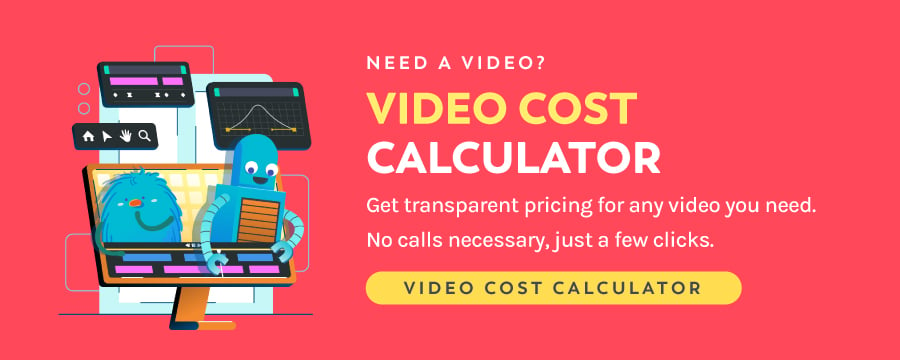
What Is Silhouette Animation Best For?
I often recommend silhouette animation to clients who want their videos to stay relevant for years, not just months.
Unlike flashy animation trends that can look outdated quickly, silhouettes carry a classic quality.
So, where does silhouette animation really shine? Here are some of the best use cases I’ve seen:
Explainer Videos
If you need to simplify a complex topic, an explainer video with silhouettes does the job beautifully.
The absence of distracting details keeps viewers focused on the key message.
For businesses in tech, finance, or healthcare, this style works especially well when breaking down abstract or technical ideas.
Brand Storytelling
Silhouette animation adds a touch of drama and artistry to brand stories.
By leaning on mood and movement, you can communicate values and emotions in a way that feels more cinematic than corporate.
I’ve seen it used effectively in “About Us” videos or mission-driven campaigns.
Educational Content
Teachers, trainers, and online course creators can use silhouettes to hold attention and simplify concepts.
Because the visuals are bold and easy to follow, learners stay engaged without feeling overwhelmed by unnecessary details.
Social Media Campaigns
If your goal is to stop the scroll, silhouettes are a secret weapon.
Their distinct look makes them stand out instantly in feeds crowded with colorful ads and live-action clips.
A short silhouette animation can spark curiosity and drive more clicks or shares than traditional formats.
Event Promotions or Teasers
Need to build hype for an event, product launch, or campaign?
Silhouette animation gives you the mystery side.
You can tease shapes, movements, or outlines without revealing too much, creating anticipation and buzz before the big reveal.
FAQ on Silhouette Animation
1. What software can I use for silhouette animation?
Popular tools include Adobe After Effects, Toon Boom, and Blender. Even simpler software like Vyond or Canva can create silhouette-style videos. The choice depends on whether you want professional-grade control or quick, template-based results.
2. What are some marketing ideas using silhouette animation?
Silhouettes work well in explainer videos, social media ads, product teasers, brand storytelling, and educational clips. Because the visuals are minimal yet striking, they grab attention fast, which is ideal for platforms where audiences scroll quickly.
3. How is silhouette animation different from pixilation animation?
Pixilation uses live actors photographed frame by frame to create stop-motion animation. Silhouette animation, on the other hand, relies on flat shapes or cutouts to tell the story. While pixilation feels quirky and playful, silhouettes lean more toward clarity and drama.
4. How do you create a digital silhouette?
The simplest way is to film or design your subject, then remove the details and fill it with a solid dark color against a contrasting background. In software like After Effects or Photoshop, you can use masking and color-fill tools to generate silhouettes quickly.
5. What is the most important aspect of silhouette animation for marketing?
Clarity. Since silhouettes remove details like facial expressions or textures, your story relies on strong shapes, gestures, and movement. When done well, this simplicity makes your message stand out and resonate with audiences.
Silhouette animations are used in every kind of video from time to time, and if you would like to use silhouette technology, you are on the right path.
Need a silhouette animated explainer video for your business?
Breadnbeyond can come to the rescue!
Check out our pricing and packages and get your FREE consultation.
Or try our video cost calculator to get an estimate for your next animation project!

